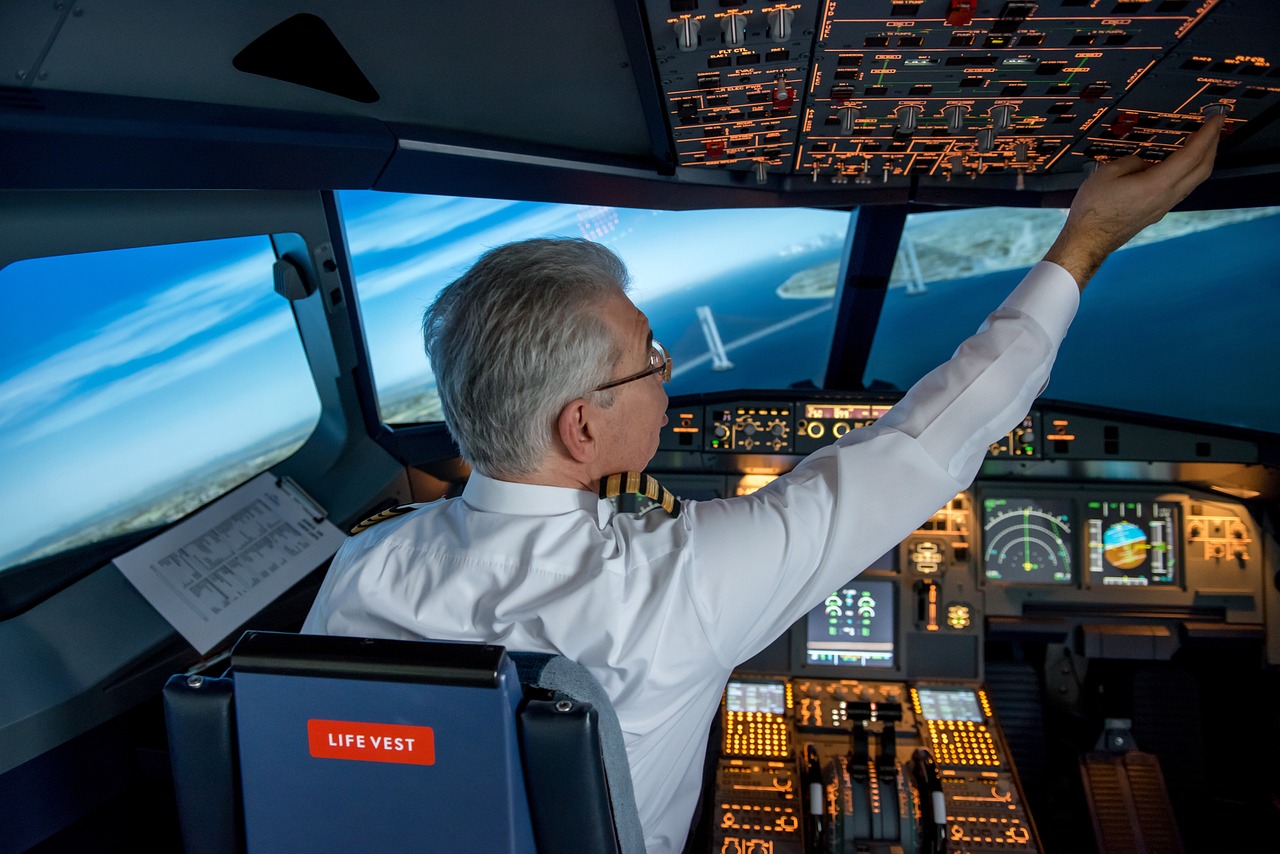Comprehensive Guide to Drone Pilot Training: What You Need to Know to Get Started
Introduction
In the rapidly advancing field of technology, drones have become indispensable tools in various industries, from filmmaking and agriculture to surveillance and delivery services. As their applications continue to expand, the demand for skilled drone pilots is on the rise. If you’re considering entering this exciting and dynamic field, understanding the fundamentals of drone pilot training is essential. This guide will walk you through the key aspects of drone pilot training, from basic requirements to advanced certifications, to help you navigate your path to becoming a professional drone pilot.
Understanding Drone Pilot Training
Drone pilot training encompasses a range of educational and practical components designed to equip individuals with the skills and knowledge necessary to operate drones safely and effectively. Whether you’re interested in flying drones as a hobby or pursuing a career in industries that rely on aerial technology, proper training is crucial.
Basic Requirements for Drone Pilot Training
Before diving into programs, it’s important to understand the basic requirements for becoming a . These typically include:
- Age and Health: In many regions, you must be at least 16 years old to operate a drone commercially. Additionally, good physical health is recommended to ensure you can handle the demands of drone piloting.
- Legal and Regulatory Knowledge: Familiarity with local regulations and laws governing drone use is essential. This includes understanding airspace restrictions, no-fly zones, and privacy concerns.
Choosing the Right Drone Pilot Training Program
Selecting a suitable training program is a critical step in your journey to becoming a skilled drone pilot. Here are some factors to consider when choosing a training program:
- Certification and Accreditation: Look for programs that offer certification from recognized aviation authorities or industry organizations. Certification demonstrates that the training meets established standards and enhances your credibility as a drone pilot.
- Course Content and Structure: Evaluate the course curriculum to ensure it covers all essential topics, including flight operations, navigation, safety protocols, and emergency procedures. A well-rounded program should offer both theoretical knowledge and hands-on experience.
- Instructor Expertise: Experienced instructors with real-world flying experience can provide valuable insights and practical tips. Check the qualifications and background of the instructors to ensure they have relevant industry experience.
- Training Facilities and Equipment: Ensure the training provider has access to up-to-date drones and simulation equipment. Hands-on training with modern equipment enhances your learning experience and prepares you for real-world scenarios.
Key Components of Drone Pilot Training
Drone pilot training typically includes several key components:
- Theory and Knowledge: This includes learning about drone technology, flight principles, airspace regulations, and weather conditions. Understanding these concepts is crucial for safe and efficient drone operation.
- Practical Flight Training: Hands-on flight training allows you to practice operating drones under various conditions. This includes learning how to control the drone, navigate, and perform maneuvers.
- Safety and Compliance: Safety training focuses on procedures for avoiding accidents, dealing with equipment malfunctions, and adhering to legal requirements. This component is vital for ensuring the safe operation of drones.
- Emergency Procedures: Training on emergency procedures prepares you to handle unexpected situations, such as equipment failures or adverse weather conditions, ensuring you can respond effectively and maintain control of the drone.
Advanced Training and Specializations
For those looking to specialize in specific areas, advanced training programs are available. These may include:
- Aerial Photography and Videography: Training in this area focuses on using drones for capturing high-quality images and videos, including techniques for framing, lighting, and post-production.
- Surveying and Mapping: This specialization involves using drones for land surveying, mapping, and creating 3D models, often requiring knowledge of specialized software and techniques.
- Search and Rescue Operations: Training for search and rescue operations prepares pilots to use drones in emergency situations, including locating missing persons and assessing disaster areas.
Conclusion
Becoming a skilled drone pilot requires a combination of theoretical knowledge, practical experience, and specialized training. By selecting a reputable training program and focusing on key components of drone operation, you can develop the expertise needed to excel in this growing field. Whether you aim to fly drones for recreational purposes or pursue a professional career, investing in quality drone pilot training will set you on the path to success.

